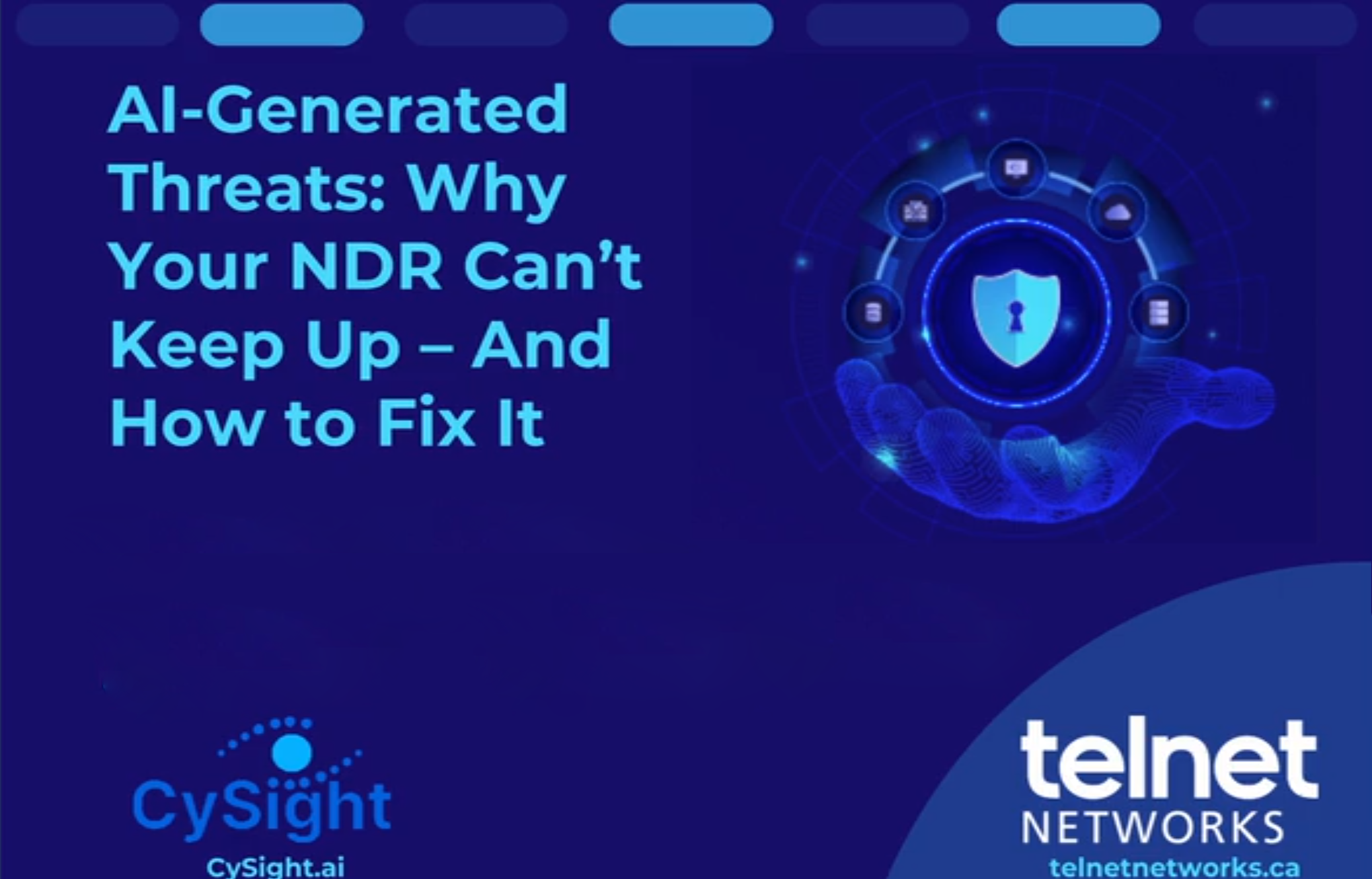Visibility. Network visibility. Simple terms that are thrown around quite a bit today. But the reality isn’t quite so simple. Why?
Scale for one. It’s simple to maintain visibility for a small network. But large corporate or enterprise networks? That’s another story altogether. Visibility solutions for these large networks have to scale from one end of the network to the other end – from the campus and branch office edge to the data center and/or private cloud. Managing and troubleshooting performance issues demands that we maintain visibility from the user to application and every step or hop in between.
So deploying a visibility architecture or design from campus to cloud requires scale. When I say scale, I mean scale on multiple layers – 5 layers to be exact – product, portfolio, design, management, and support. Let’s look at each one briefly.
Product Scale
Building an end-to-end visibility architecture for an enterprise network requires products that can scale to the total aggregate traffic from across the entire network, and filter that traffic for distribution to the appropriate monitoring and visibility tools. This specifically refers to network packet brokers that can aggregate traffic from 1GE, 10GE, 40GE, and even 100GE links. But it is more than just I/O. These network packet brokers have to have capacity that scales – meaning they have to operate at wire rate – and provide a completely non-blocking architecture whether they exist in a fixed port configuration or a modular- or chassis-based configuration.
Portfolio Scale
Building an end-to-end visibility architecture for an enterprise network also requires a portfolio that can scale. This means a full portfolio selection of network taps, virtual taps, inline bypass switches, out-of-band network packet brokers, inline network packet brokers, and management. Without these necessary components, your designs are limited and your future flexibility is limited.
Design Scale
Building an end-to-end visibility architecture for an enterprise network also requires a set of reference designs or frameworks that can scale. IT organizations expect their partners to provide solutions and not simply product – partners that can provide architectures or design frameworks that solve the most pressing challenges that IT is grappling with on a regular basis.
Management Scale
Building an end-to-end visibility architecture for an enterprise network requires management scale. Management scale is pretty much self-explanatory – a management solution that can manage the entire portfolio of products used in the overall design framework. However, it goes beyond that. Management requires integration. Look for designs that can also integrate easily into existing data center management infrastructures. Look for designs that allow automated service or application provisioning. Automation can really help to provide management scalability.
Support Scale
Building and supporting an end-to-end visibility architecture for an enterprise network requires support services that scale, both in skills sets and geography. Skill sets implies that deployment services and technical support personnel understand more than simply product, but that they understand the environments in which these visibility architectures operate as well. And obviously support services must be 24 x 7 and cover deployments globally.
So, if you’re looking to build an end-to-end visibility solution for your enterprise network, consider the scalability of the solution you’re considering. Consider scale in every sense of the word, not simply product scale. Deploying campus to cloud visibility requires scale from product, to portfolio, to design, to management, to support.
Additional Resources:
Ixia network visibility solutions
Thanks to Ixia for the article.





